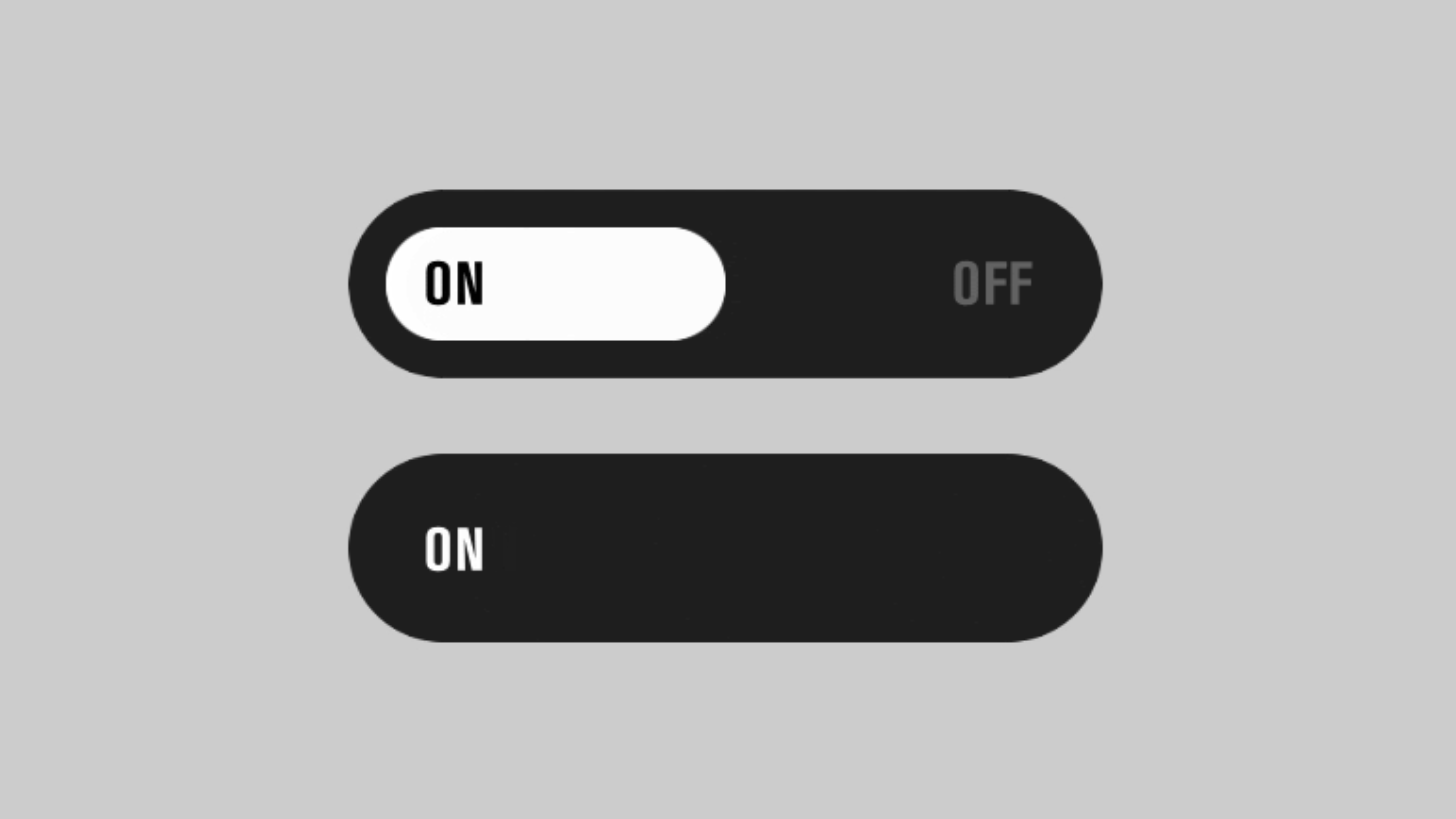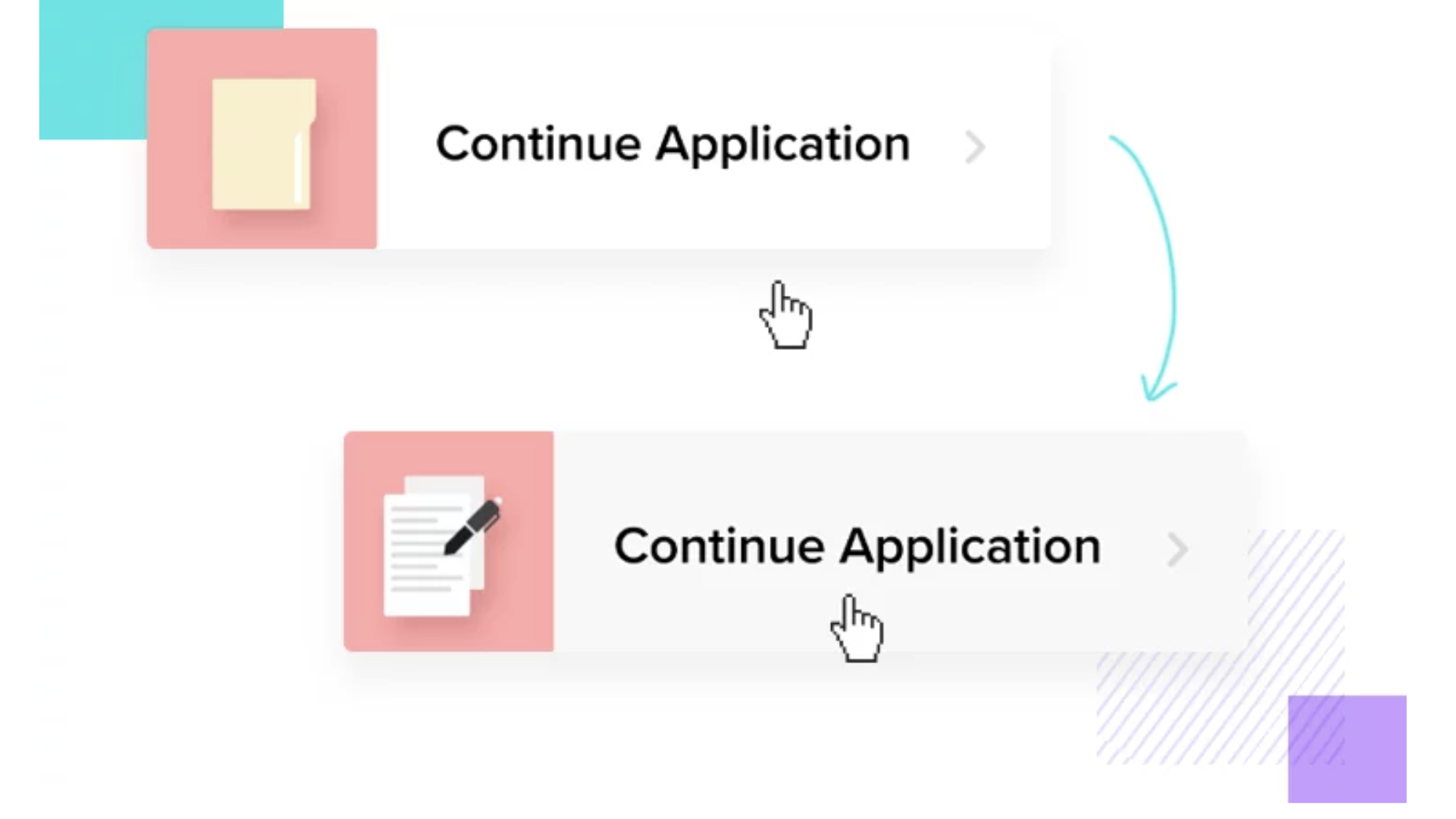Microinteractions, those seemingly insignificant moments of interaction between a user and a product, wield an extraordinary influence over the overall user experience. They are the subtle nuances that transform ordinary interactions into memorable experiences, the unsung heroes of intuitive and engaging product design.
Understanding Microinteractions
A microinteraction is a complete user action within a system that yields a perceivable outcome and fulfills a specific user goal. Unlike macrointeractions, which encompass complex processes like online shopping or booking flights, microinteractions are focused, atomic units of user experience.

The Significance of Microinteractions in UX
Well-crafted microinteractions significantly enhance a product’s usability, desirability, and overall delight. They:
Elevate User Satisfaction:
Microinteractions infuse the user experience with small moments of pleasure, amplifying overall satisfaction with the product. For instance, a playful animation upon task completion can instill a sense of accomplishment.
Provide Essential Feedback:
Microinteractions offer immediate feedback to users, confirming their actions and guiding them through the product. A subtle vibration upon pressing a smartphone button provides tactile reassurance of the action’s registration.
Fortify Brand Personality:
Consistent and on-brand microinteractions contribute to a product’s unique identity. A playful and animated microinteraction can reinforce a brand’s fun and energetic image.
Reduce Cognitive Load:
By offering clear and immediate feedback, microinteractions streamline the user’s understanding of the product and its functionalities. A progress bar indicating a page’s loading time alleviates user anxiety and enhances perceived performance.
Create Emotional Connections:
Microinteractions have the power to evoke specific emotions, such as joy, satisfaction, or even surprise. A well-designed microinteraction can create a positive emotional connection between the user and the product.
Build Trust and Credibility:
Consistent and reliable microinteractions contribute to a sense of trust and credibility. When users can depend on microinteractions to provide clear feedback and guidance, they are more likely to trust the product overall.
Influence User Behavior:
Microinteractions can subtly nudge users towards desired actions. For example, a limited-time offer notification can encourage purchases, or a progress bar can motivate users to complete a task.
Enhance Product Discovery:
Microinteractions can introduce users to new features or functionalities in a playful and engaging way. A tooltip with a fun animation can entice users to explore a new feature.

Types of Microinteractions
Microinteractions can be categorized based on their purpose:
- Trigger-Based: Initiated by a specific user action, such as pressing a button or swiping a screen.
- Status-Based: Provide feedback on the system’s current state, like a battery indicator or notification badge.
- Error-Based: Gracefully handle user errors, offering guidance and feedback for recovery.
- Delight-Based: Designed to evoke joy or surprise, going beyond functionality to enhance the user experience.

Designing Effective Microinteractions
Crafting effective microinteractions requires careful consideration of several factors:
- Clarity: The purpose of the microinteraction should be evident and easily understandable.
- Efficiency: Microinteractions should execute swiftly without unnecessary steps.
- Feedback: Provide clear and immediate feedback to confirm the user’s action.
- Consistency: Maintain uniformity in the design and behavior of microinteractions across the product.
- Delight: Strive to create microinteractions that are not only functional but also enjoyable.
- Accessibility: Ensure that microinteractions are accessible to users with disabilities by providing alternative feedback mechanisms.
- Contextual Awareness: Design microinteractions with the overall user experience and the specific context in mind.
- Testing and Iteration: Continuously test and refine microinteractions to ensure they meet user needs and expectations.

The Psychology Behind Microinteractions
Microinteractions are deeply rooted in human psychology. They tap into our innate desire for feedback, control, and reward. When designed effectively, they can create a sense of agency, accomplishment, and emotional connection with the product.
Microinteractions and User Emotions
Microinteractions have the power to evoke specific emotions. For example, a celebratory animation can induce joy, while a haptic error notification can create a sense of urgency. Understanding how to manipulate user emotions through microinteractions is crucial for designing engaging and memorable experiences.
Microinteractions and Brand Identity
Microinteractions are powerful tools for building brand identity. Consistent and on-brand microinteractions can reinforce a brand’s personality and values. For example, a minimalist and elegant microinteraction design might complement a luxury brand, while a playful and animated microinteraction might be more suitable for a youthful and energetic brand.
Microinteractions and User Engagement
Well-crafted microinteractions can significantly enhance user engagement. By providing moments of delight and surprise, they can encourage users to spend more time with the product and explore its features. Additionally, they can foster a sense of loyalty and connection to the brand.

The Future of Microinteractions
As technology advances, we can expect to see increasingly sophisticated and immersive microinteractions. Haptic feedback, augmented reality, and artificial intelligence will open up new possibilities for creating engaging and delightful user experiences.
By paying close attention to them, designers can elevate their products from being merely functional to truly captivating and memorable.
Microinteractions in Specific Industries
- E-commerce: Product recommendations, shopping cart updates, purchase confirmations.
- Social Media: Likes, shares, comments, notifications.
- Gaming: Level completion rewards, power-ups, game over screens.
- Financial Services: Transaction confirmations, balance updates, security alerts.
- Healthcare: Medication reminders, appointment confirmations, health data visualizations.
Challenges in Designing
- Balance between functionality and delight: Should be both functional and enjoyable.
- Consistency: Maintaining consistency across the product can be challenging.
- Accessibility: Ensuring microinteractions are accessible to users with disabilities.
- Testing and iteration: Thorough testing is required to identify and address potential issues.

The Role of Microinteractions in Emerging Technologies
Microinteractions will play a crucial role in shaping user experiences in emerging technologies such as:
- Voice assistants: Providing auditory feedback for commands and actions.
- Augmented reality: Creating interactive and immersive experiences.
- Wearable technology: Delivering concise and relevant information.
In essence, microinteractions are the unsung architects of exceptional user experiences. By meticulously crafting these subtle moments of interaction, designers can elevate products from the realm of functional to truly captivating. As technology evolves, the potential for innovative and impactful microinteractions expands, promising a future where every interaction is not just efficient but also delightful.
Related Posts:
Integrating Psychology for Superior User Experience
What is Problem-Solving in the Design World?
Unveiling the Magic: UI vs. UX Design
